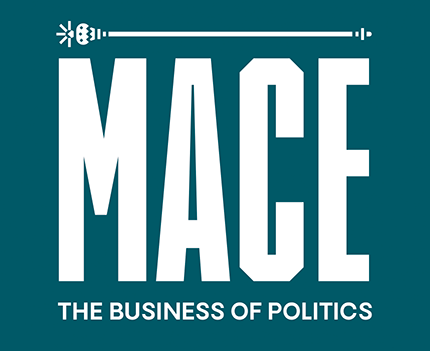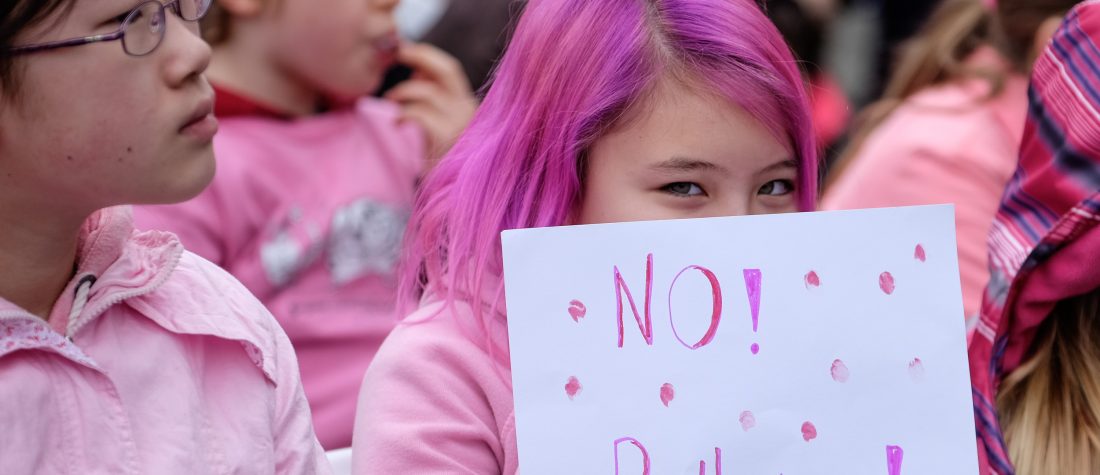The month of October became National Bullying Prevention Month in 2006 by PACER’s National Bullying Prevention Center in the US. In the past, bullying was often dismissed as a normal part of growing up that supposedly made children stronger. However, the truth is that bullying can cause severe and lasting impacts which can be life-threatening, including diminished self-esteem, heightened anxiety, and depression among those affected.
It’s important to remember that help is available. If you or someone you know is being bullied, don’t hesitate to reach out to a trusted adult or professional organization for assistance. Remember, everyone has the right to feel safe and respected. For victims, colleagues, parents, and teachers, there are however effective anti-bullying strategies that everyone should learn to keep environments at work safe from bullying and harassment.
Avoid calling the bully’s parents
Calling the parents of your child’s bully can seem like a good idea. Any reasonable parent would abhor the suggestion that their child is treating their schoolfriends badly. If you personally know the parents, it might feel more honest to address the issue directly with them, rather than hearing about it from the school. This approach also gives the other parents an opportunity to address the issue before school administrators get involved. Additionally, informing the bully’s parents about what’s happening can provide a sense of relief and progress, as the issue is no longer hidden. It can also make you feel proactive in trying to end the bullying and protect your child.
But quite often there are more significant drawbacks to this approach. The response from the bully’s parents may not be what you hope for, and it’s important to be prepared for potential pushback or denial. Nobody likes having to consider that their child could be the bad guy – so they quite likely will defend them. Even if they initially seem receptive, their attitude may change after they’ve had time to process the conversation. Most importantly, parents often don’t have the kind of control over their children necessary to change their behaviour in the school environment just from a stern talking-to at home. Your relationship with the bully’s parents could be damaged, and all without meaningfully improving the hurtful behaviour.
The most problematic procedural error with this approach is that it takes the power away from your child to address and overcome the problem for themselves, which can give an empowering and enduring feeling of self-reliance.
Empowering your child
While there are no easy answers, there are proactive steps children can take. First, children should develop assertiveness skills and build their self-esteem and social skills. Teaching children to stand up for themselves and to foster positive relationships can be done by parents or by child counsellors. These counsellors can help children develop anxiety-coping techniques such as Cognitive Behavioural Therapy (CBT) to help them work through the affects of the bullying to that it doesn’t lead to deeper psychological concerns later in life.
Children can also be empowered by building coping toolboxes, which can be filled with a favourite toy, a notebook for keeping thoughts and emotions as a diary, fidget spinners or with consumables such as sugar-free chewing gum. Chewing gum is recommended by many practitioners not least because it will not lead to long-term concerns such as dental issues or obesity. Chewing it has been shown to reduce anxiety and to improve focus, and many children will find filling their toolboxes with items they enjoy allows them to feel in control and more able to think through and confront their issues.
Handling the bullies
In addition to preparation, they need practical tools and techniques to handle bullying situations effectively. One strategy is ignoring the bully. Not reacting can be highly effective, as bullies often seek reactions to their actions. Maintaining confidence and not giving in to provocation can lead the bully to lose interest.
If the situation persists, children should stand up to the bully firmly and confidently. Encouraging them to say, “stop being a bully” or redirect the conversation can help defuse the situation. Making a joke can also disarm the bully, displaying confidence and preventing the escalation of the bullying. Avoiding bullying hot spots and sticking with friends can deter bullies from targeting children. These hotspots are often in areas where teachers are temporarily not present, such as at the corners of playgrounds, or at dining tables.
Moreover, children should know how to escape physical confrontations and be aware of the importance of reporting bullying to adults. By equipping children with these strategies, we empower them to take control of their safety and well-being in the face of bullying.


